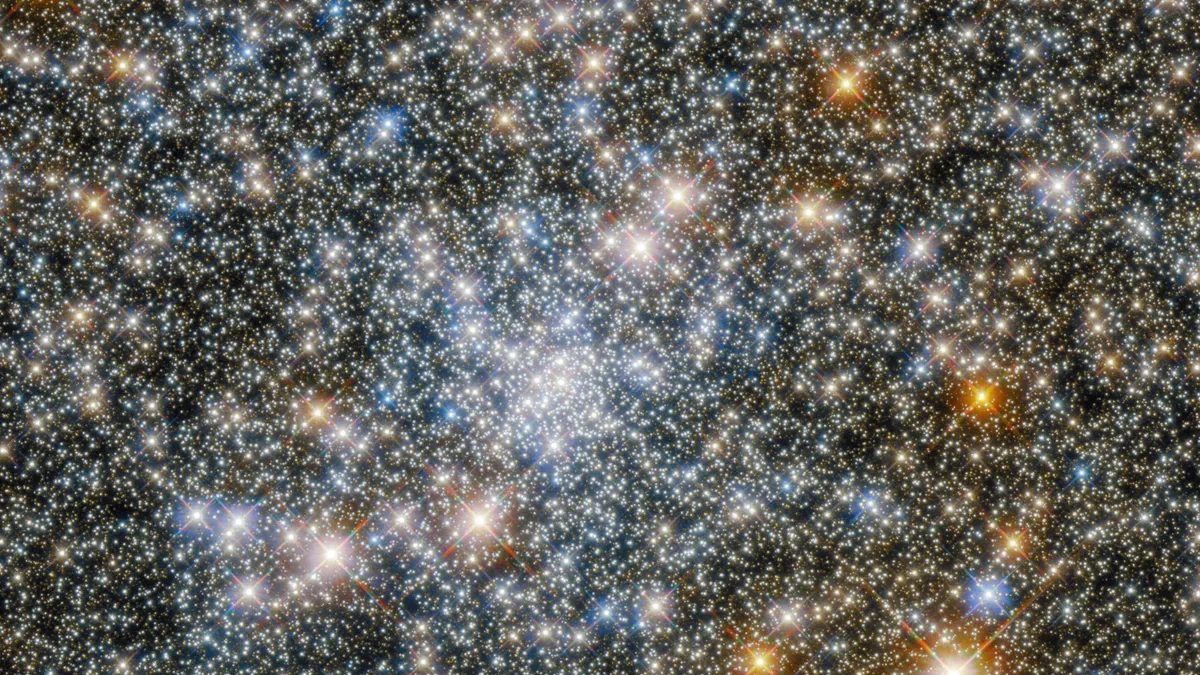 |
A new image from the Hubble Space Telescope captures a star-studded cluster in the constellation Sagittarius. This stellar grouping, known as globular cluster NGC 6540, shines brightly with tens of thousands to millions of stars tightly bound together by gravity. The new image was created using observations from the Hubble Space Telescope's Wide Field Camera 3 and Advanced Camera for Surveys, according to an Aug. 15 statement from the European Space Agency (ESA), a partner on the mission.
ESA officials said, the brightest stars in this image are adorned with prominent cross-shaped patterns of light known as diffraction spikes. These astronomical embellishments are a type of imaging artifact, meaning that they are caused by the structure of Hubble rather than the stars themselves. The path taken by the starlight as it enters the telescope is slightly disturbed by its internal structure, causing bright objects to be surrounded by spikes of light.
Hubble's Wide Field Camera 3 and Advanced Camera for Surveys have different fields of view, determining how much of the sky each instrument can observe. According to the statement, the new image was captured when NGC 6540 was in both instruments' field of view as it studied the southern constellation Sagittarius. Hubble has proven to be incredibly beneficial in globular cluster research given it orbits Earth at 340 miles (550 kilometers) above the surface, where the atmosphere is thin enough to not obscure the telescope's view of the stars.
The observations that led to the new image are part of a larger effort to help astronomers measure the ages, shapes, and structures of globular clusters located near the center of our Milky Way galaxy.
ESA officials said, the gas and dust shrouding the center of our galaxy block some of the light from these clusters, as well as subtly changing the colors of their stars. Globular clusters contain insights into the earliest history of the Milky Way, and so studying them can help astronomers understand how our galaxy has evolved.
Hubble, which is already more than 30 years old, continues to make new discoveries and is working alongside the newly operational James Webb Space Telescope to study the cosmos in ever greater detail.



0 Comments